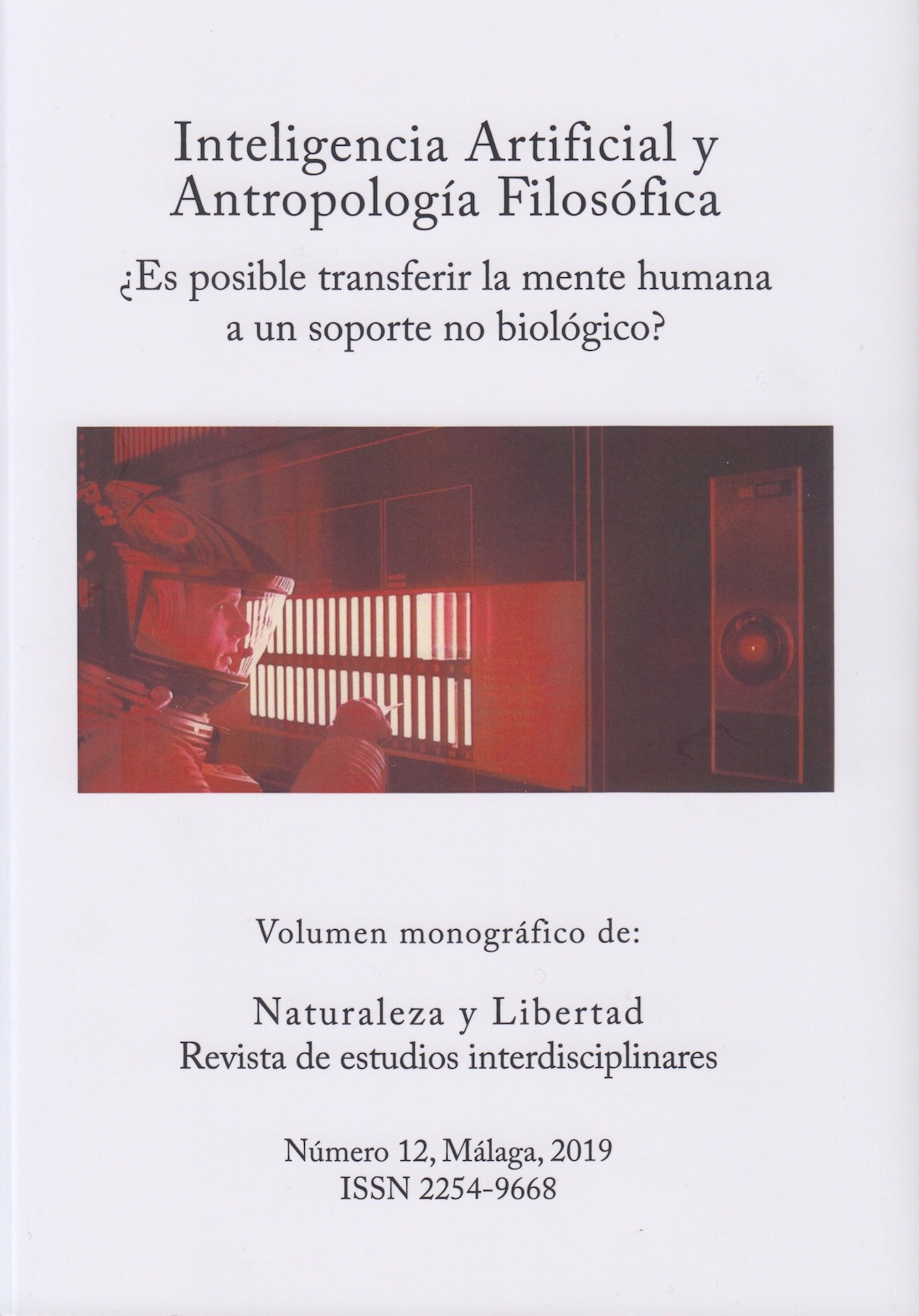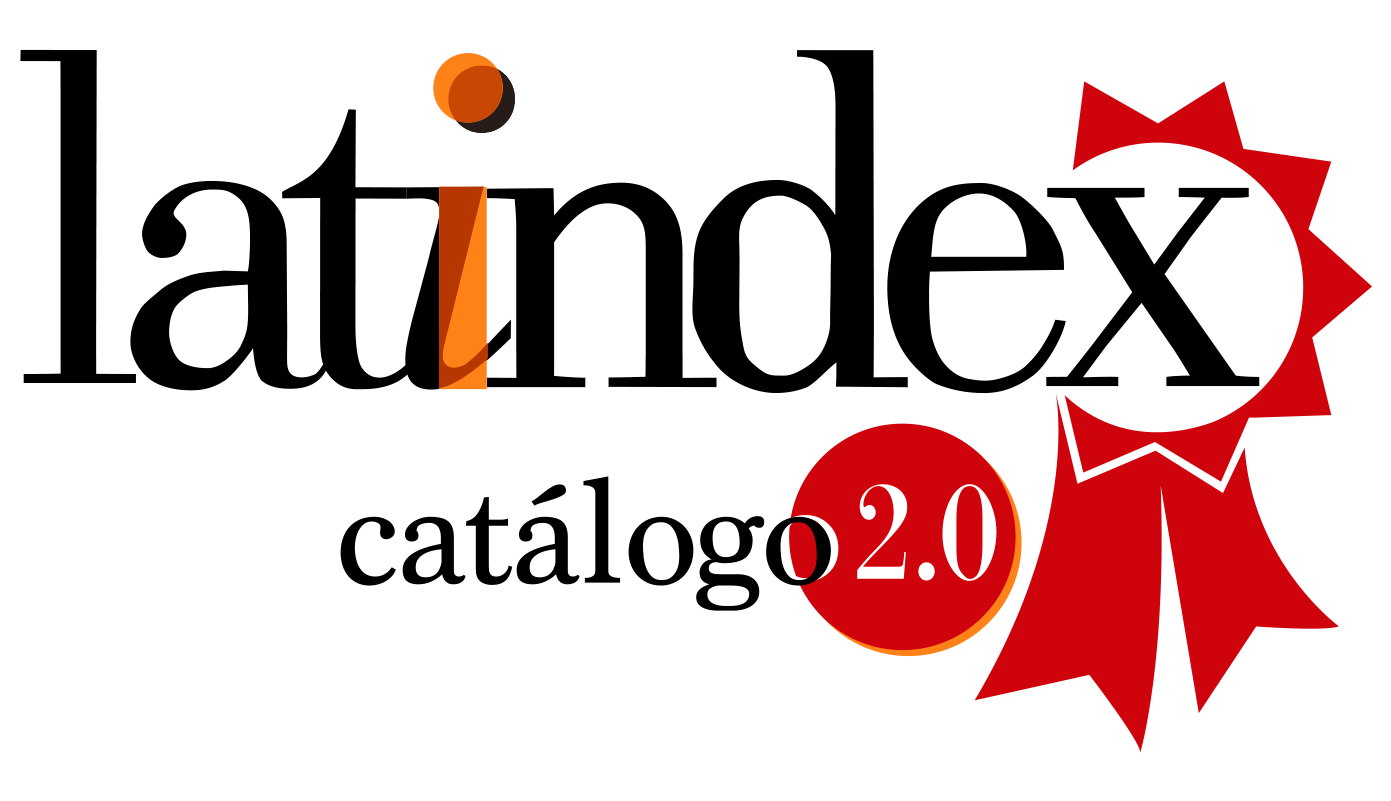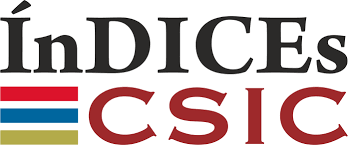Pensamiento, creatividad y máquinas
DOI:
https://doi.org/10.24310/NATyLIB.2019.v0i12.6268Keywords:
pensamiento, conciencia, creatividad, inteligencia artificial,Abstract
¿Puede una máquina pensar creativamente? Este artículo explora el significado de los términos “pensamiento” y “creatividad” para concluir que, desde una acepción lo más parsimoniosa posible de estos conceptos, no existen razones de iure contra la posibilidad de que una hipotética inteligencia artificial fuerte logre pensar de manera creativa.Downloads
Metrics
References
E. Alpaydin, Introduction to machine learning, Cambridge, MIT press, 2009.
B.J. Baars, A cognitive theory of consciousness, Nueva York, Cambridge University Press, 1988.
J.B. Baars, “Global workspace theory of consciousness: toward a cognitive neuroscience of human experience”, en: Progress in brain research, 1988 (150): 45-53.
M. Benedek; E. Jauk; A. Fink; K. Koschutnig; G. Reishofer; F. Ebner; A.C. Neubauer,“To create or to recall? Neural mechanisms underlying the generation of creative new ideas”, en: Neuroimage, 2014 (88): 125-133.
C. Blanco, Lógica, ciencia y creatividad, Madrid, Dykinson, 2015.
C. Blanco, La integración del conocimiento, Madrid, Evohé, 2018.
C. Blanco-Pérez, C., “Competition, cooperation, and the mechanisms of mental activity”, en: Frontiers in psychology, 2018 (9): 1352.
C. Blanco-Pérez, “The logic of creativity”, en: The Heythrop Journal, 2018 (59): 1-19.
S. Dehaene; J.P. Changeux; L. Naccache; J. Sackur; C. Sergent, “Conscious, preconscious, and subliminal processing: a testable taxonomy”, en: Trends in cognitive sciences, 2006 (10): 204-211.
S. Dehaene - H. Lau - S. Kouider, S. “What is consciousness, and could machines have it?”, en: Science, 2017 (358), 486-492.
K. Friston, “A theory of cortical responses”, en: Philosophical Transactions of the Royal Society of London B: Biological Sciences, 2018 (360): 815-836.
J.M. Fuster, The neuroscience of freedom and creativity: Our predictive brain, Nueva York, Cambridge University Press, 2013.
T. Hastie; R. Tibshirani; J. Friedman, “Unsupervised learning”, en: The elements of statistical learning, 2009: 485-585.
M.M. Merzenich; G. Recanzone; W.M. Jenkins; T.T. Allard; R.J. Nudo, “Cortical representational plasticity”, en: Neurobiology of neocortex, 1988: 41-67.
L. Torres Quevedo, “Ensayos sobre automática: su definición: extensión teórica de sus aplicaciones”, en: Limbo: boletín de estudios sobre Santayana, 2003 (17): 11-13.
S. Zeki - S. Shipp, “The functional logic of cortical connections”, en: Nature, 1988 (335):311.
Downloads
Published
How to Cite
Issue
Section
License
Those authors who have publications with this journal, accept the following terms:
1. Copyright and licensing information are clearly described on the journal’s web site: all content published in Naturaleza y Libertad is open acces without limit, and are subject to the Attribution-NonCommercial-ShareAlike 4.0 International (CC BY-NC-SA 4.0) license. The full text of which can be consulted at https://creativecommons.org/licenses/by-nc-sa/4.0/
2. It is the responsibility of the authors to obtain the necessary permissions for the images that are subject to copyright. The authors whose contributions are accepted for publication in this journal will retain the non-exclusive right to use their contributions for academic, research and educational purposes, including self-archiving or deposit in open access repositories of any kind. The electronic edition of this magazine is edited by the Editorial de la University of Malaga (UmaEditorial), being necessary to cite the origin in any partial or total reproduction.
3. This journal allows and encourages authors to publish papers on their personal websites or in institutional repositories, both before and after their publication in this journal, as long as they provide bibliographic information that accredits, if applicable, your posting on it.
4. In no case will anonymous papers be published.





18.png)













